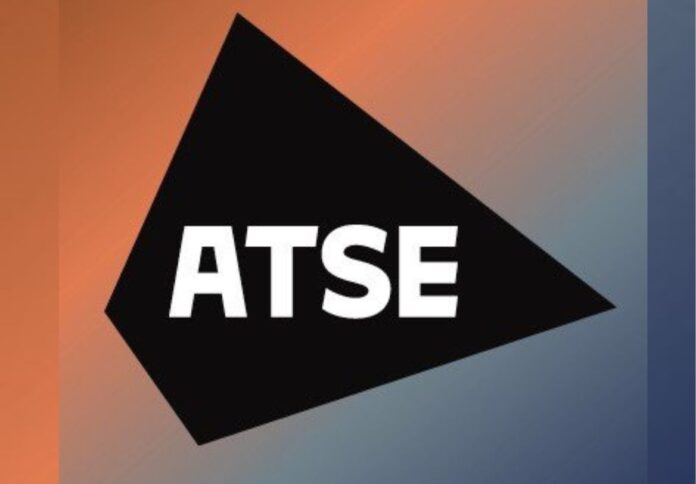
The Australian Academy of Technological Sciences and Engineering (ATSE) CEO Kylie Walker said the National Battery Strategy is “a step towards positioning Australia as a global leader battery production by 2035.”
She highlighted the strategy’s potential to transform Australia’s role from a mere exporter of raw minerals to a hub of advanced manufacturing capabilities.
Focusing heavily on skills development, the strategy echoes ATSE’s advice to address current workforce shortages and modernise training for future demands.
“Meeting current skills shortages and modernising training capacity for future workforce demands is essential,” Walker emphasised.
She added, “Initiatives like the Powering Australia Industry Growth Centre and the Building Women’s Careers Program are particularly promising.”
The strategy also includes significant research initiatives, such as the new $5.6 million Australian Made Battery Precinct in Queensland.
However, it predominantly relies on existing programs like the Australian Research Council and Universities Accord reforms.
Walker stressed the need for increased funding to ensure global competitiveness saying, “While the Strategy recognises the importance of research, existing funding, particularly through the Australian Research Council, must be increased to ensure global competitiveness.”
Walker praised Australia’s strong research background in battery technologies, citing ATSE Fellow Professor Maria Skyllas-Kazacos’s pioneering work on vanadium batteries as a valuable asset.
“The forthcoming independent review of research funding will be essential to take advantage of Australia’s competitive advantage in battery manufacturing and set initiatives such as this one up for success,” she concluded.




















